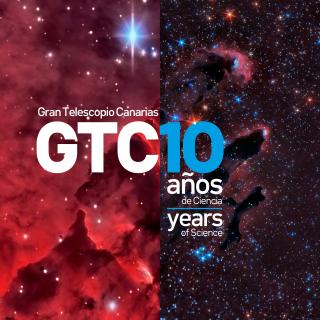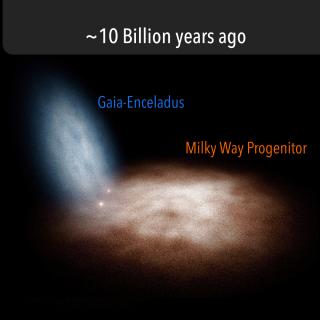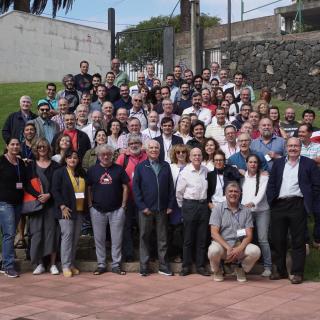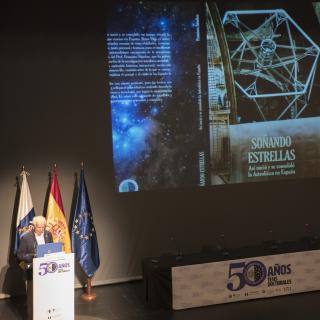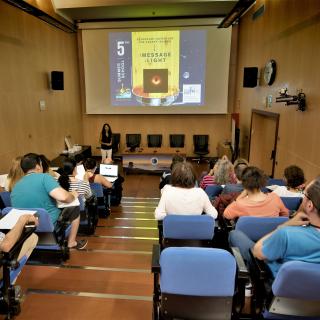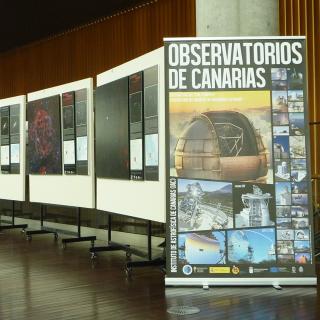
La muestra de nueve imágenes astronómicas obtenidas desde el Observatorio del Teide continúa su recorrido por Japón durante la ceremonia de fundación del Consorcio de Ciudades de la Ciencia nipón. Esta exposición educativa del Instituto de Astrofísica de Canarias también puede visitarse hasta el próximo 31 de julio en la sucursal 1 de Correos de Tenerife.
Advertised on
